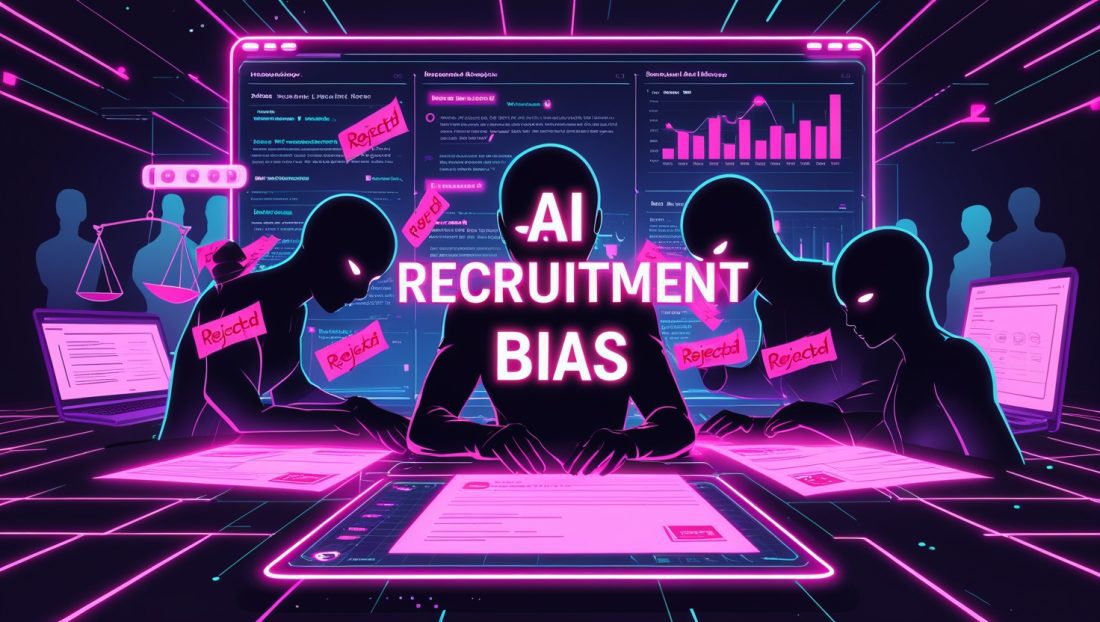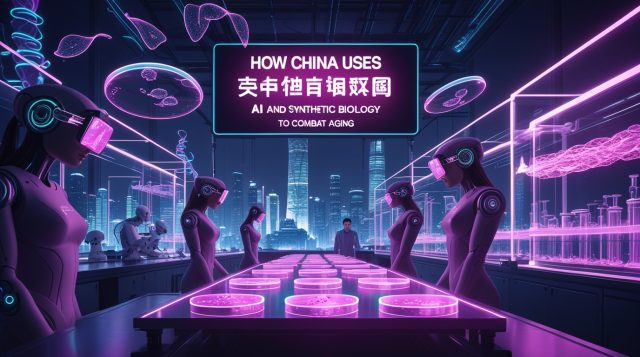The Algorithmic Gatekeeper: When Efficiency Clashes with Equity
In 2025, an AI resume screening tool at a Fortune 500 company rejected a candidate with 10 years of experience. The reason? The algorithm downgraded applications containing the word “women’s” (e.g., “women’s chess club captain”)—a bias inherited from male-dominated tech industry data. This incident epitomizes the central paradox of AI recruitment bias: systems engineered for efficiency often construct new barriers to fairness. For a deeper look at how AI can unintentionally amplify workplace challenges, explore why industrial AI implementation wins big in 2025 factories, where similar algorithmic pitfalls are addressed in manufacturing contexts.
How AI Resume Screening Works: Beyond Keywords to Predictive Profiling
Modern AI recruitment tools have evolved far beyond simple keyword matching. Today’s systems deploy:
- Semantic Analysis: Tools like Gemini 2.0 Flash interpret contextual meaning, distinguishing between “managed a team” and “led 10 engineers” through natural language understanding.
- Behavioral Inference: Platforms like HireVue assess micro-expressions and speech patterns during video interviews, correlating them with historical employee performance data.
- Predictive Scoring: Algorithms compare candidates against “ideal hire” profiles using 200+ variables, including skill clusters, project duration, and even inferred personality traits.
Table: Evolution of AI Screening Capabilities (2023 vs. 2025)
| Capability | 2023 Systems | 2025 Systems |
|---|---|---|
| Context Comprehension | Basic keyword matching | Semantic role analysis |
| Bias Detection | Demographic filtering | Equity scoring algorithms |
| Candidate Rediscovery | Manual database searches | AI-driven talent matching |
| Decision Transparency | “Black box” outputs | Explainable AI with weightings |
To understand how similar AI advancements are reshaping other industries, consider how AI audio search transforms industrial decisions in 2025, where semantic analysis drives operational efficiency.
The Fairness Debate: Data-Driven Efficiency vs. Human Judgment
The Case for AI: Efficiency and Potential Bias Reduction
- Unilever reduced hiring time from 4 months to 4 weeks using AI assessments, while increasing gender diversity in technical roles by 16% through demographic data masking.
- Hilton achieved a 90% reduction in hiring time using AI chatbots that handle scheduling and preliminary screenings, freeing recruiters for strategic tasks. For insights into how AI chatbots streamline processes, see industrial maintenance chatbots revolutionize 2025 factories.
The Case Against AI: Hidden Discrimination and Transparency Gaps
- Amazon abandoned its AI recruiting tool after discovering systemic bias against female candidates—a pattern learned from male-dominated tech resumes.
- 66% of candidates refuse to apply to companies using fully automated hiring due to “black box” decision anxiety.
- LinkedIn studies reveal AI tends to favor candidates from elite institutions, overlooking self-taught coders with equivalent skills.
Dr. Alicia Chang of MIT’s AI Ethics Lab warns: “Algorithms calcify our past. If historical hires lack diversity, AI enshrines that imbalance as ‘meritocracy’.” For a broader perspective on AI ethics, visit Harvard’s Berkman Klein Center for Internet & Society, which explores fairness in algorithmic systems.
Real-World Impacts: When Algorithmic Screening Fails
Case Study 1: The Keyword Trap
A 2024 SHRM study found candidates using exact job description phrases received 73% more interviews, triggering “resume stuffing” that distorts true qualifications. One candidate listed “Blockchain” 27 times despite minimal experience—fooling AI screeners but failing human interviews.
Case Study 2: The Cultural Fit Blind Spot
IBM’s AI predicts employee turnover with 95% accuracy but undervalues neurodiverse candidates whose problem-solving approaches deviate from neurotypical patterns. This led to rejecting a candidate who later developed award-winning accessibility software for a competitor.
Case Study 3: The Homogeneity Loop
A European bank’s AI prioritized extroverted communicators for analytical trading roles, excluding introverted specialists. The resulting team underperformed in risk assessment by 22% compared to balanced teams. To see how AI-driven optimization can avoid such pitfalls, check why predictive maintenance AI leads factory efficiency in 2025.
Solutions: Building Ethical AI in 2025
Technical Safeguards
- Bias Auditing: Phenom’s platform runs simulations showing how diverse candidates would fare before deployment. One client discovered their system downgraded applicants with non-Western education credentials, which was then corrected.
- Hybrid Workflows: 70% of leading firms now use AI for initial screening but involve humans in final assessments. L’Oréal’s “Mya” chatbot conducts first-round interviews but flags nuanced responses for human review.
Regulatory Frameworks
The EU AI Act classifies recruitment algorithms as “high-risk,” mandating:
- Third-party bias testing
- Decision explanations for rejected candidates
- Human opt-out provisions
Table: Global AI Recruitment Regulations (2025)
| Region | Key Requirements | Non-Compliance Penalties |
|---|---|---|
| European Union | Algorithmic impact assessments, human opt-out | Up to 6% global revenue |
| New York City | Annual bias audits, public reporting | $500,000+ fines |
| California | Candidate consent for video analysis | Class-action lawsuits |
For more on global AI governance, refer to Stanford’s Human-Centered AI Institute, which provides frameworks for ethical AI deployment.
Corporate Accountability Measures
- Transparency Pledges: Unilever discloses screening criteria upfront, allowing candidates to tailor applications.
- Bias Bounty Programs: Google partners with Stanford HAI, offering rewards for identifying fairness flaws in algorithms.
- Data Diversity Mandates: Siemens retrains models quarterly using anonymized, globally sourced data to prevent regional bias.
The Future: Augmented Intelligence in Hiring
The AI recruitment bias debate is driving a fundamental shift toward “augmented intelligence”:
- Recruiter Reskilling: Vodafone trains HR teams in AI oversight, focusing on detecting “semantic bias” against non-traditional career paths.
- Candidate Advocacy Tools: Asendia AI’s “Sarah” explains rejections and suggests skill-building resources, reducing candidate frustration by 41%.
- Predictive Equity Analytics: Eightfold’s deep-learning algorithms identify skills gaps in underrepresented groups, prompting targeted upskilling programs.
As Tariq Khan, Head of Talent Acquisition at Siemens, notes: “AI finds needles in haystacks, but humans must ensure the haystack contains all types of needles.” For a related discussion on AI’s role in workforce development, read AI career pathing solves the silent talent crisis.
The Imperfect Evolution
AI recruitment bias remains neither dystopian nor utopian—it’s an evolving equilibrium between efficiency and ethics. In 2025, we’ve progressed from techno-optimism to accountable implementation. Companies like IBM report 35% higher candidate satisfaction and 59% lower hiring costs when combining AI screening with human oversight.
The path forward demands continuous vigilance: algorithms must be audited like financial systems, datasets must represent human diversity, and candidates must retain agency. As the EU’s 2026 algorithmic transparency deadline approaches, one truth emerges—fairness in hiring requires both silicon and soul.
Explore Further:
“Technology mirrors its creators. To build fairer AI, we must first confront our own.” —Dr. Rumman Chowdhury, Harvard Berkman Klein Center
Stay informed as this landscape evolves—subscribe for monthly analysis on AI systems in hiring.

